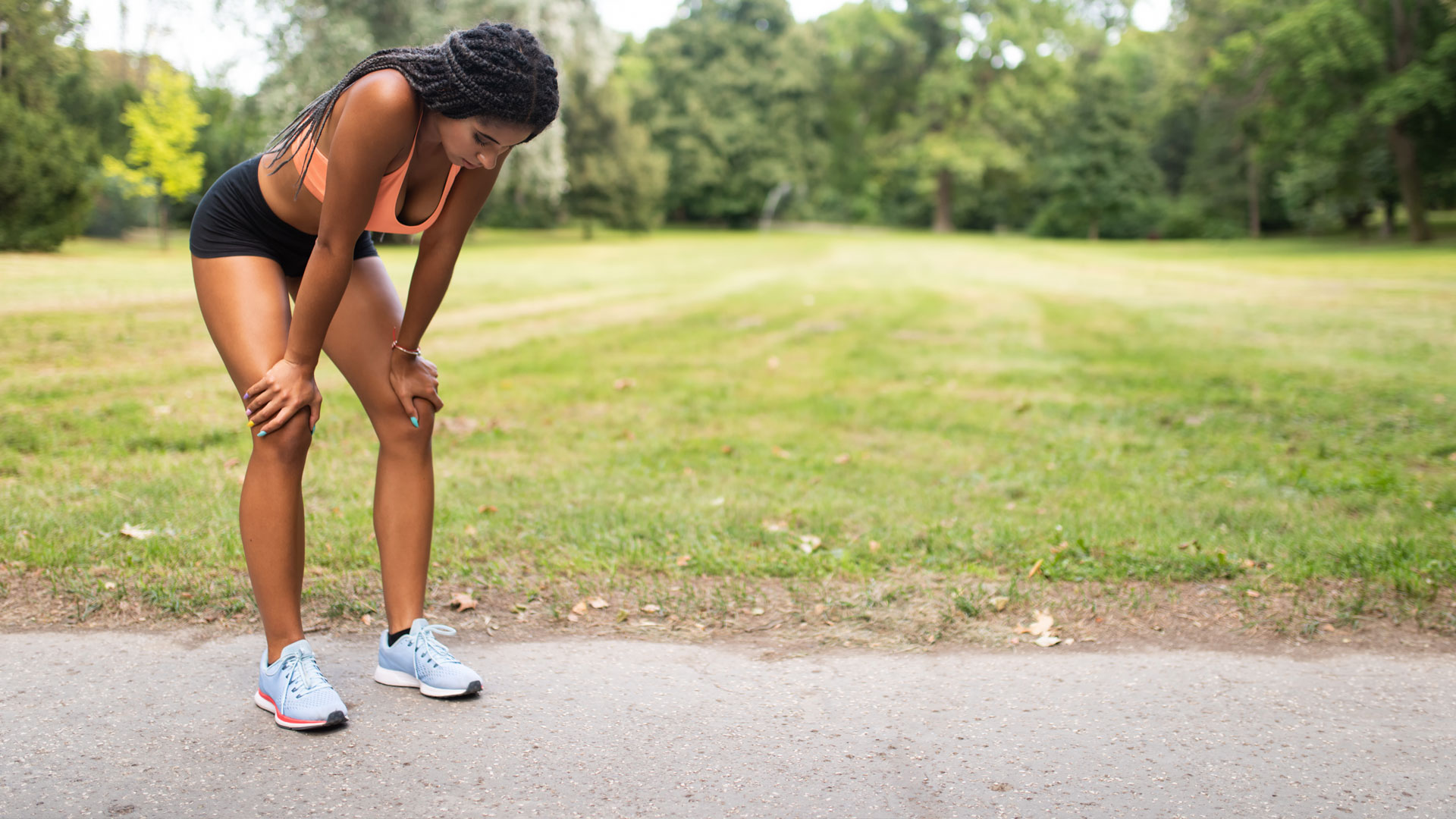How to run for longer without getting tired: increase stamina and mental resilience
Knowing how to run for longer is one of the Holy Grails of fitness, so we've looked at the techniques people use to reduce fatigue and increase motivation

If you’re looking to get fit, or take your fitness regime to the next level, you might be contemplating how to run for longer without getting tired. To be clear, we all fatigue at some point, but there are ways of running for extended periods without having to stop and rest.
There are many potential benefits to starting a regular running routine, but it can be hard to know how to build up stamina. Along with being a popular choice to keep up your health, running is a great way to meet the World Health Organization’s recommended weekly exercise threshold. When you finally put on your running gear and the best running headphones for your first session, it can be easy to blast through it with confidence. However, many people lose motivation as the days wear on, and results for their efforts seem slim to none.
While thinking about gaining strong muscles while running, and lowering your stress levels, those tactics may not be enough to motivate you to complete a session. This lack of motivation can happen to anyone regardless of running experience or style, whether they've invested in one of the best treadmills or choose to run in the great outdoors. Here’s everything you need to know about how to run for longer without getting tired so you can get into an improved exercise routine.
- Related: Is running good for you?
Increasing your stamina
While running, your body works various muscles to keep you moving, such as your glutes, hamstrings, core, calves and quadriceps. According to the Journal of Nutrition and Metabolism as you start to run, your body converts adenosine triphosphate into adenosine diphosphate. By converting one to another, it releases a net gain of energy. This process creates the burst of power that kickstarts your session. As you continue, your muscles work to make fuel for your movement through anaerobic glycolysis; a byproduct of that process, lactic acid, causes you to feel that familiar burn that can make running difficult. (If you want to find out exactly what is lactic acid, our feature on the topic will tell you all you need to know.) Increased movement means an increased blood flow as your body works to get more oxygen to your muscles. This feeling, along with getting a stitch or feeling fatigued, can make you want to call it a day, but there are other reasons that you may tire easily.
Depending on the type of running you do, you will work your skeletal muscle fibers differently. These muscles have two types of fibers according to the National Academy of Sports Medicine - fast- and slow-twitch. Fast-twitch fibers are used for big, powerful movements for a short time, such as sprinting. Slow-twitch fibers are largely fatigue-resistant and used during long-distance runs. If you want to run further for longer, focusing on your slow-twitch fibers can help. However, the type of training you do is not the only thing affecting your running performance.

Ensuring you are getting the proper nutrients and fuel into your body is also essential to avoid feeling tired or sluggish during a run. As Amanda Brooks, an ACE-certified running coach, says: "Nutrition can be more important than the run itself because eating foods that cause inflammation or don't fuel you properly will leave you feeling tired and struggling through runs." Getting enough rest is also key to ensuring that your body avoids feeling fatigued during a session.
Your form and pace are other key elements in your endurance level. When running for long periods, try starting at a conversational pace and keeping proper form. A proper running form includes:
Get the world’s most fascinating discoveries delivered straight to your inbox.
- Keeping your eyes up
- Keeping your shoulders back
- Maintaining engagement in your core
- Relaxing your hands
- Using shorter steps instead of long strides
Alongside running with proper pace and form, it is important to remain consistent with your training. Persisting even when you seem to be getting nowhere will ensure that you maintain your progress; simply stopping when it gets too hard or when you see little improvement can be detrimental to your training. If you're struggling to connect with jogging, we have a few suggestions on how to get fit outside of running.
These are just a few tips on how to run for longer. If you are doing all of the above and still find yourself flagging during a run, you may be taking on too much, too soon. Overworking yourself is common among runners, especially those starting a new routine. Plus, if you try to progress too rapidly, you may find yourself getting injured more often, according to a study in the Journal of Orthopaedic & Sports Physical Therapy. Make sure to increase your pace and distance gradually and to listen to your body, especially if you're a novice runner.

- Related: How to breathe while running
How to avoid boredom when running
Just putting one foot in front of the other and going past the same scenery will feel monotonous eventually. People often use the same one or two routes or pre-set programs and find they get stale. Getting bored of your run is an easy route to giving up running or stopping a session early. Some of our best tips for avoiding hitting those walls include:
- Try a new running or workout style
- Pick a new goal and adjust your training plan accordingly
- Try running with weights
- Try breathing exercises while running
- Get inspiration from runners, books, or blogs
- Update your running playlist
- Team up with a loved one or local running club
- Change your route
- Listen to podcasts about running while running
- Invest in new gear and pre-run fuel
- Add short walking periods into your run
- Leave your watch at home to avoid concentrating on timings
- Take the pressure off by focusing on the fun of running
- Try cross-training
- Change up your schedule by running at night
- Follow athletes and professional runners on social media
There are various factors to bear in mind when it comes to knowing how to run for longer. If you find yourself getting fatigued during a session you need to work on your stamina slowly, and see if you notice any improvement over time. We recommend consulting with a local certified coach and health professional if fatigue during training persists to confirm that your mental or physical health is suitable for the exercise you're doing.
Making sure that you are getting enough rest and proper fuel in your body is vital to keeping you energized throughout your running session. Proper form and working towards goals gradually can help you build your endurance and stamina over time. If you find your mind wandering or getting bored, our tips above should help you stay focused and motivated while crushing those miles.
Chloe Page is a UK-based freelance writer and editor with a bachelor’s degree in Creative Writing from the University of Winchester. Over the span of her seven-year freelancing career, Chloe has covered various niches, including health, fitness, plumbing, entertainment, and music. Her work includes interactive fiction, blog posts, and web copy. When she’s not writing, Chloe enjoys streaming, cycling, and trying new recipes.
 Live Science Plus
Live Science Plus






